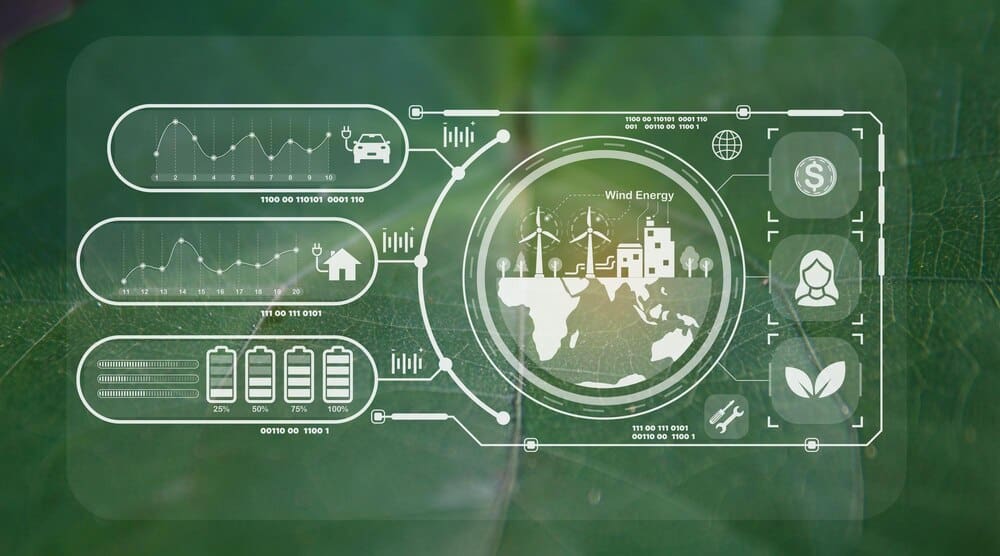In today’s digital-first world, consumers are increasingly abandoning the one-bank-fits-all model, instead becoming architects of their own financial lives by assembling a personalized “FinTech stack.” This collection of specialized financial technology apps and services—covering everything from banking and investing to budgeting and insurance—is empowering individuals to gain unprecedented control, transparency, and efficiency over their money. By strategically combining best-in-class tools, anyone can now build a custom financial ecosystem that automates savings, optimizes investments, and provides a crystal-clear view of their net worth, a capability once reserved for the wealthy. The shift represents a fundamental change in personal finance, moving power from large, traditional institutions directly into the hands of the consumer.
What is a Consumer FinTech Stack?
Think of a FinTech stack like a custom-built toolkit. Instead of using a single, generic multi-tool from one brand for every job, you select the best specialized instrument for each specific task—the best screwdriver, the best hammer, the best wrench.
In financial terms, this means you are no longer reliant on one bank to be your checking account provider, your mortgage lender, your investment broker, and your credit card issuer. Instead, you can pick and choose the best digital service for each of those needs and have them work together seamlessly.
This modular approach allows you to prioritize what matters most to you, whether it’s zero fees, a higher interest rate on savings, a more intuitive user interface, or access to unique investment opportunities. The “stack” is the complete set of these apps and platforms that you use to manage your financial life.
The magic that holds this all together is a technology called Application Programming Interfaces, or APIs. Companies like Plaid have built secure platforms that allow you to grant permission for your different financial apps to talk to each other, pulling data from your bank to your budgeting app, or from your investment account to your net worth tracker, without sharing your login credentials directly.
The Foundation: Your Digital Banking Hub
Every strong financial house needs a solid foundation. In a modern FinTech stack, this is your primary banking hub, which may consist of one or more accounts that handle your daily cash flow.
The Neobank Core
For many, the core of their stack is a neobank or a challenger bank. These are digital-only banks like SoFi, Chime, or Ally Bank that operate without physical branches, passing the cost savings on to customers.
They typically offer high-yield savings accounts (HYSAs) with interest rates significantly higher than those at traditional brick-and-mortar banks. Furthermore, they often feature zero monthly maintenance fees, no minimum balance requirements, and user-friendly mobile apps with built-in budgeting and automated savings tools.
The Traditional Bank Connection
While neobanks excel at daily banking, it’s often practical to maintain a relationship with a traditional institution like JPMorgan Chase or Bank of America. You might need one for services that digital players don’t always offer, such as safe deposit boxes, cashier’s checks, or in-person notary services.
The key is to ensure your traditional bank has a modern, capable app that can still connect to the rest of your stack. The goal is to use it for its specific strengths while letting more nimble FinTech players handle the rest.
Growing Your Wealth: Investing and Retirement
Once your banking is sorted, the next layer of the stack is focused on making your money work for you. Modern FinTech has democratized investing, making it accessible to everyone, regardless of their starting capital or experience level.
Robo-Advisors for Automated Investing
For those who want a “set it and forget it” approach, robo-advisors are an essential component. Platforms like Betterment and Wealthfront use algorithms to build and manage a diversified portfolio of low-cost exchange-traded funds (ETFs) based on your risk tolerance and financial goals.
You simply answer a questionnaire, and the platform handles the rest, including automatic rebalancing and tax-loss harvesting. This is an ideal solution for passive, long-term investors who don’t want to get into the weeds of picking individual stocks.
Micro-Investing Platforms
If you’re just starting out, micro-investing apps like Acorns can be a powerful tool. Acorns pioneered the “round-up” feature, where it rounds up your daily purchases to the nearest dollar and invests the spare change automatically.
This frictionless approach helps build an investing habit by making it a background activity, proving that you don’t need large sums of money to begin growing wealth.
Self-Directed Trading Apps
For more hands-on investors, a low-cost brokerage app is a must. Platforms like Robinhood, Fidelity, and Charles Schwab offer commission-free trading of stocks, ETFs, and sometimes options and cryptocurrencies.
Their powerful mobile apps provide real-time data and research tools, allowing you to actively manage your own portfolio from the palm of your hand. Choosing one often comes down to personal preference for user interface and the specific research tools offered.
The Control Center: Budgeting and Spending Insights
This is arguably the most critical part of the stack—the central dashboard that aggregates all your financial data to give you a single, unified view of your financial health.
The All-in-One Aggregator
A top-tier aggregator app is the glue that binds your stack together. Services like Monarch Money or Copilot Money securely connect to all your accounts—checking, savings, credit cards, loans, and investments—using Plaid.
These apps automatically categorize your transactions, track your spending against a budget, monitor your subscriptions, and calculate your real-time net worth. Seeing every dollar you have, owe, and own in one place is a game-changer for making informed financial decisions.
For those who prefer a more hands-on, methodical approach, YNAB (You Need A Budget) offers a proactive budgeting philosophy that forces you to assign every dollar a “job,” transforming how you think about your money.
Smart Credit Card Apps
Even your choice of credit card is part of the stack. A card with a superior app, like the Apple Card with its seamless integration into the Wallet app or the American Express app with its detailed spending analysis and real-time alerts, adds significant value.
These apps provide instant notifications for every purchase, break down spending by category, and make it easy to track rewards and pay your bill, turning a simple payment tool into a powerful financial insight engine.
Specialized Tools for a Modern Life
Beyond the core components, a truly ultimate stack includes specialized tools that solve specific, modern financial problems.
Peer-to-Peer (P2P) Payments
Apps like Venmo, Zelle, and Cash App are non-negotiable in today’s economy. They provide a frictionless way to split bills with friends, pay a local contractor, or send money to family instantly, eliminating the need for cash or checks.
Insurtech Platforms
The insurance industry has also been disrupted by tech. Insurtech companies like Lemonade use AI and a mobile-first approach to offer renters, homeowners, and pet insurance. They boast a streamlined signup process and lightning-fast claims processing, often handled entirely within the app.
Credit Monitoring Services
Understanding and protecting your credit is vital. Free services like Credit Karma provide regular access to your credit scores and reports from major bureaus. They also offer identity theft monitoring and personalized recommendations for improving your credit profile.
Building Your Stack: Security and Customization
Assembling your stack isn’t about downloading every app available. It’s about a thoughtful curation process focused on your personal goals and security.
Always prioritize security. Use a unique, strong password for every financial app and enable two-factor authentication (2FA) wherever possible. Be mindful of the permissions you grant and regularly review which services have access to your data.
Remember that the “ultimate” stack is personal. A recent graduate focused on paying down student debt will have a different stack than a family saving for a home or a retiree managing their nest egg. Start with a solid banking hub and a good aggregator, then add components as your needs evolve.
The era of being a passive customer of a single financial institution is over. By embracing the role of a financial architect, you can build a personalized FinTech stack that provides clarity, control, and capability. This strategic assembly of digital tools is the new face of personal finance, putting the power to build a better financial future firmly where it belongs: in your hands.







